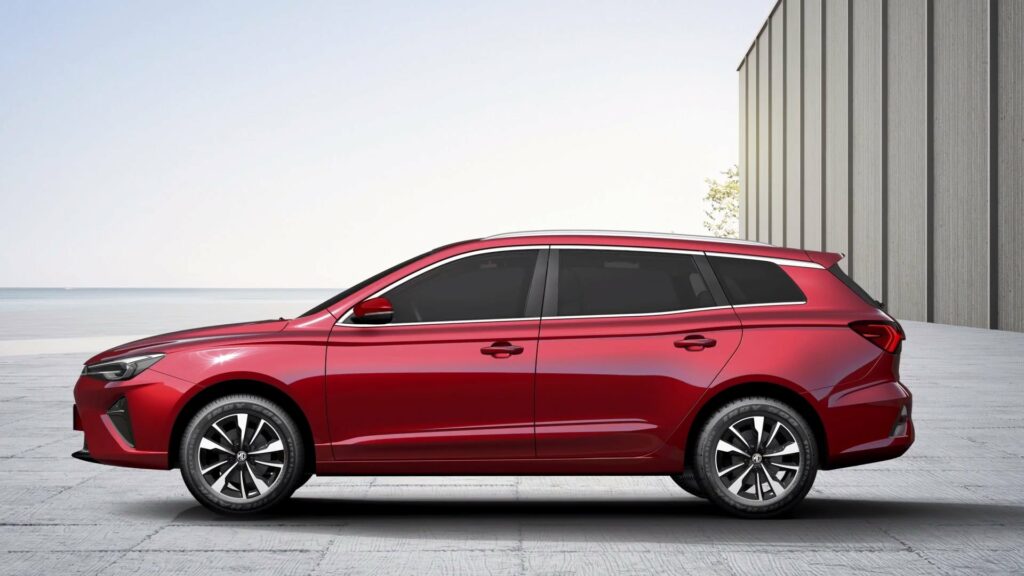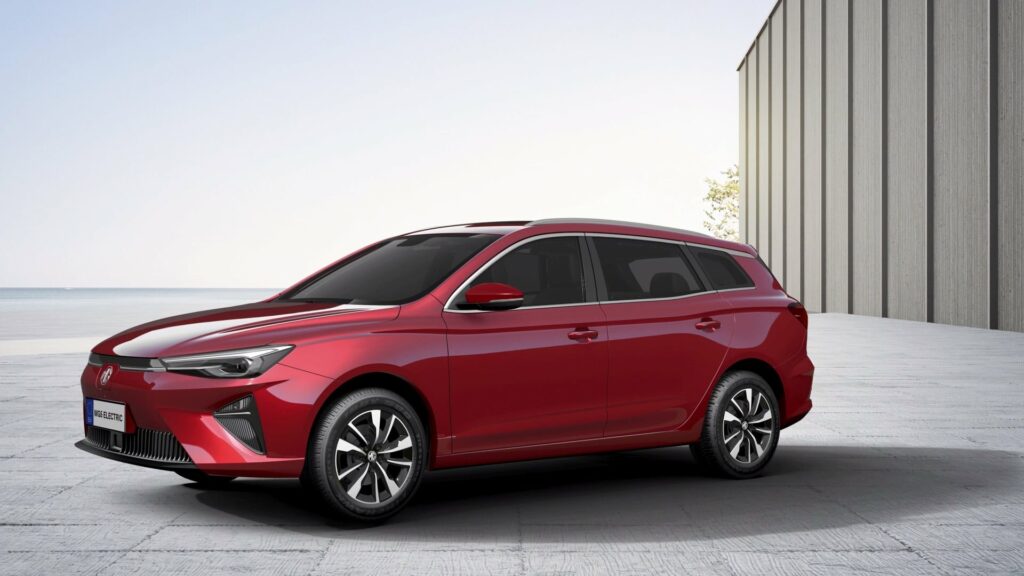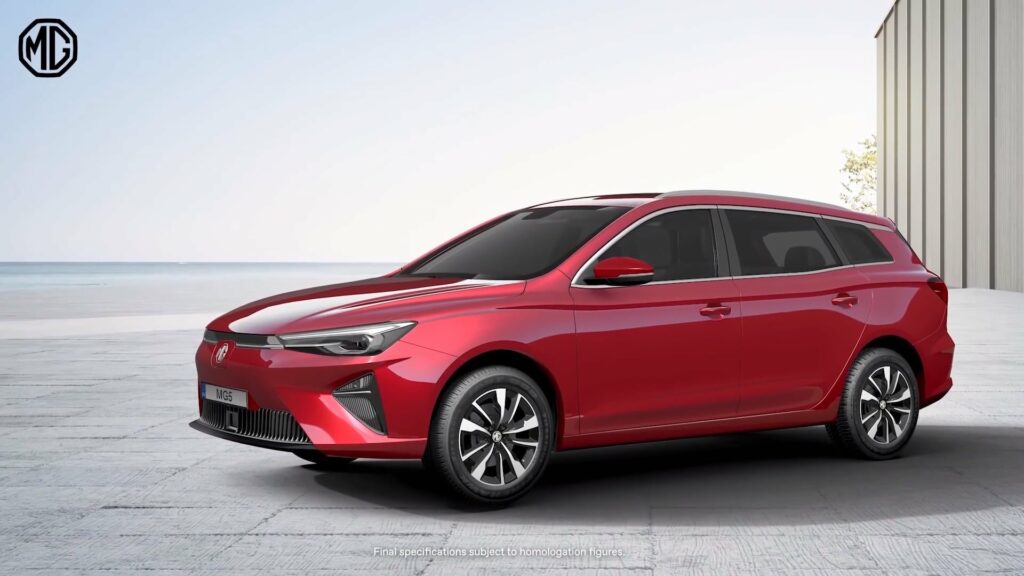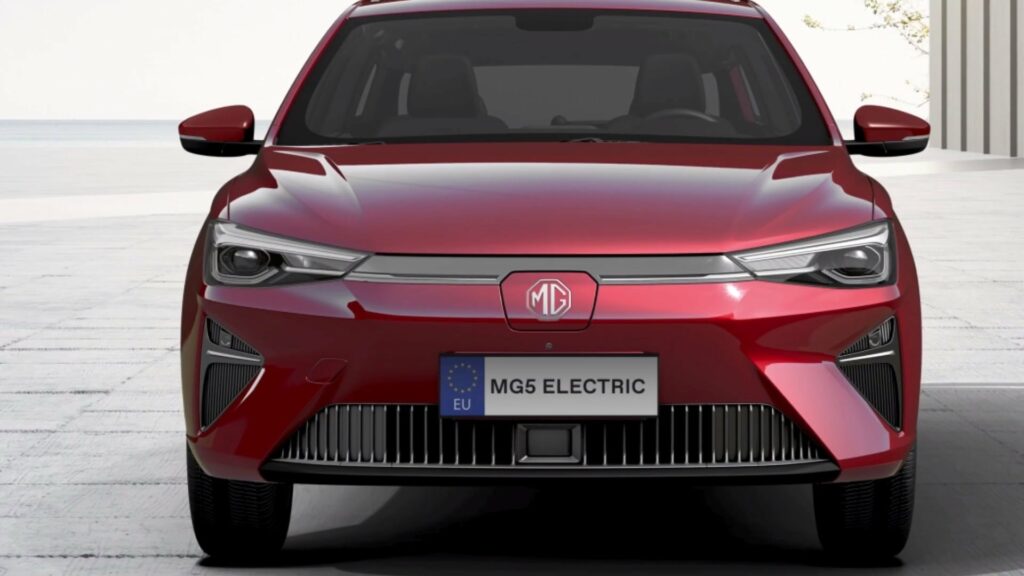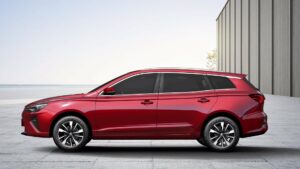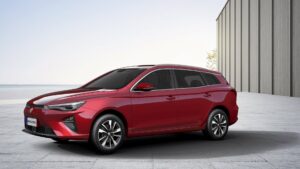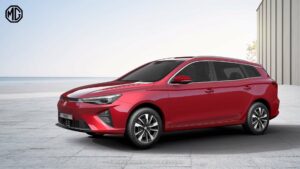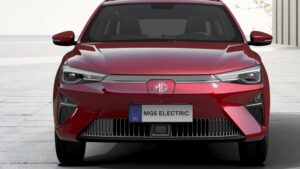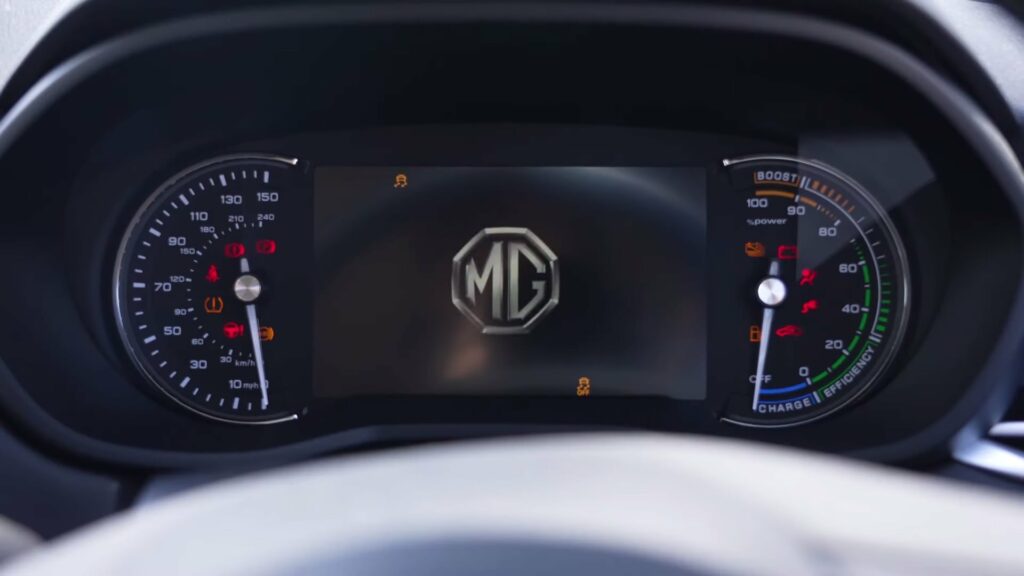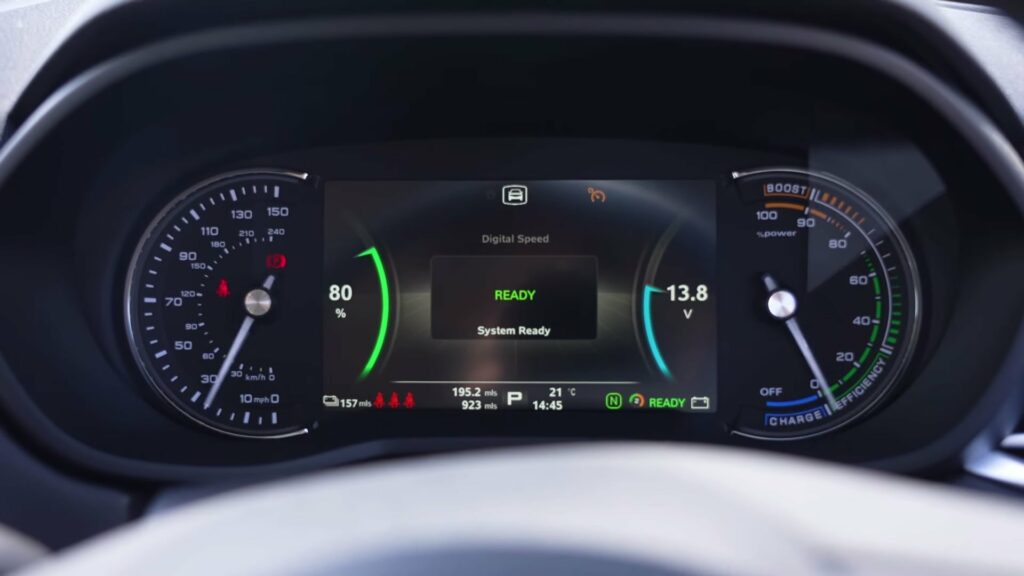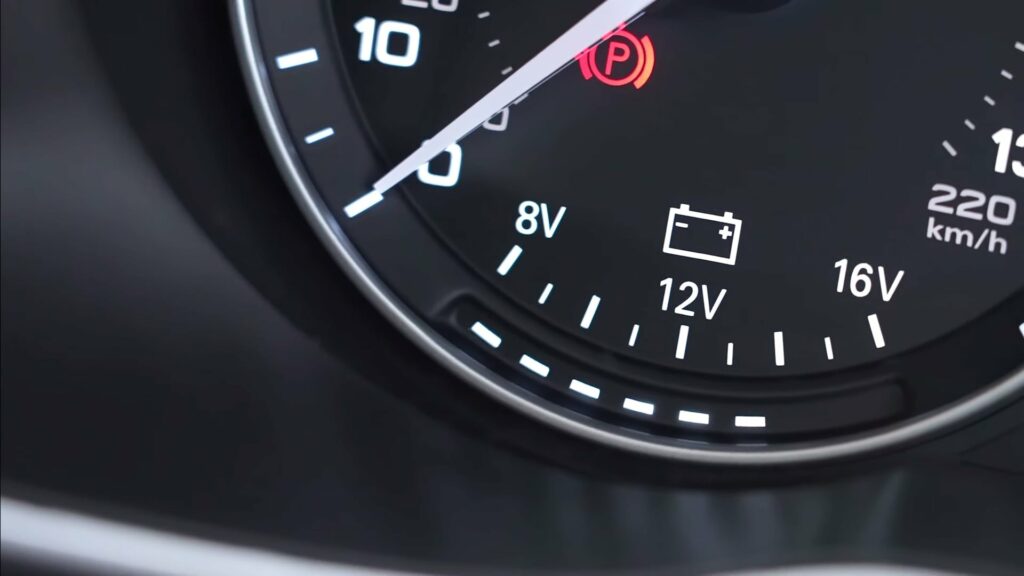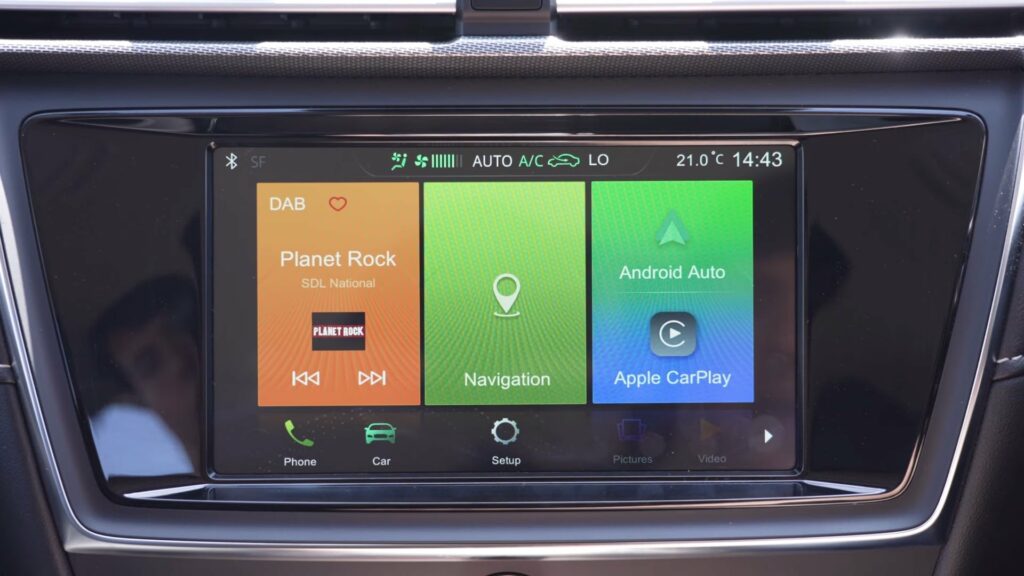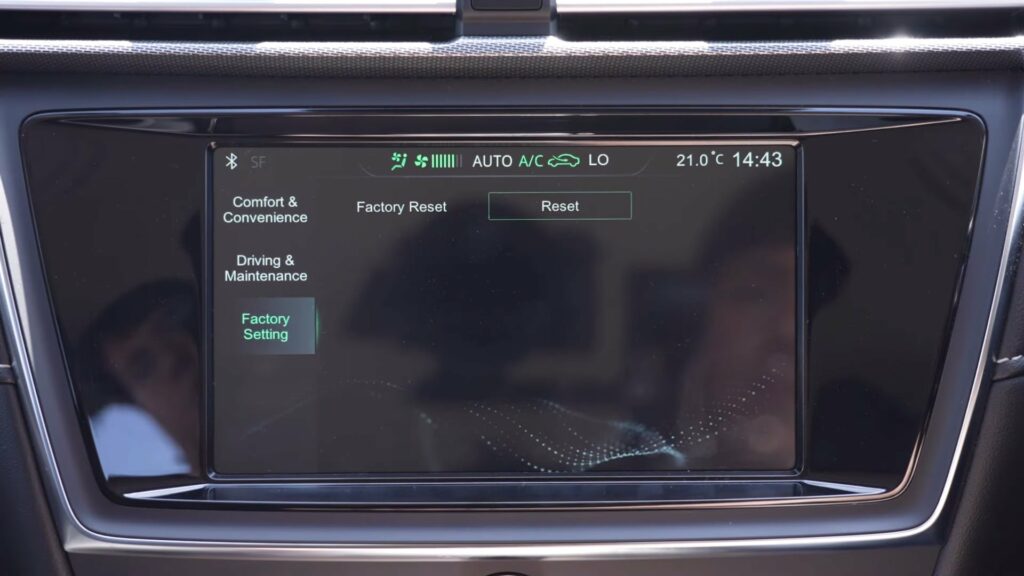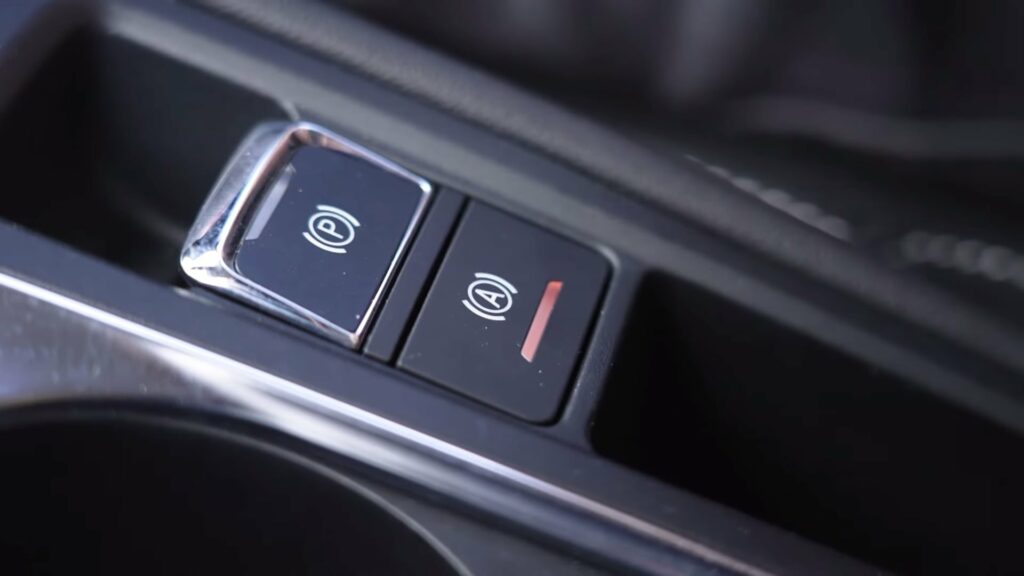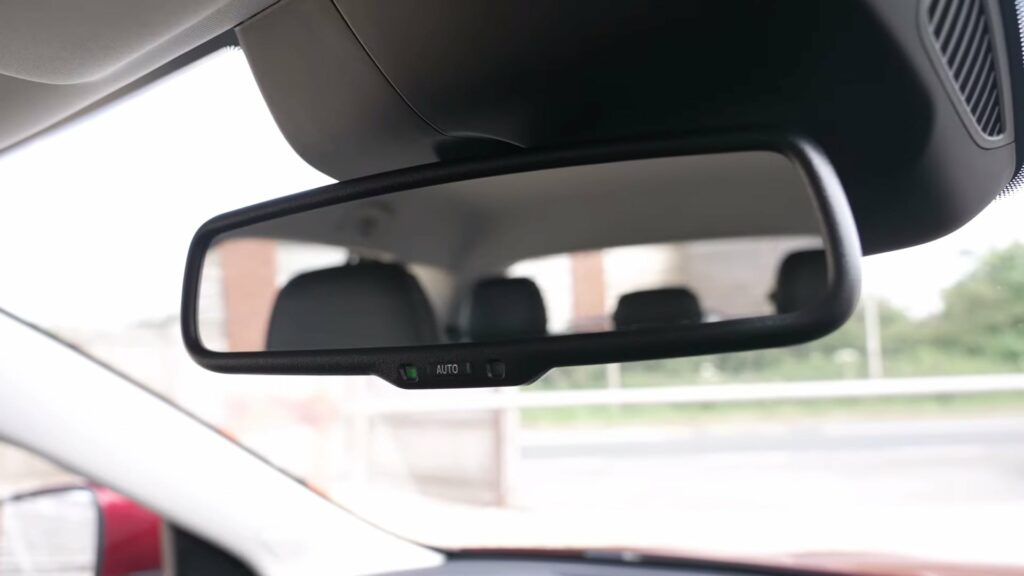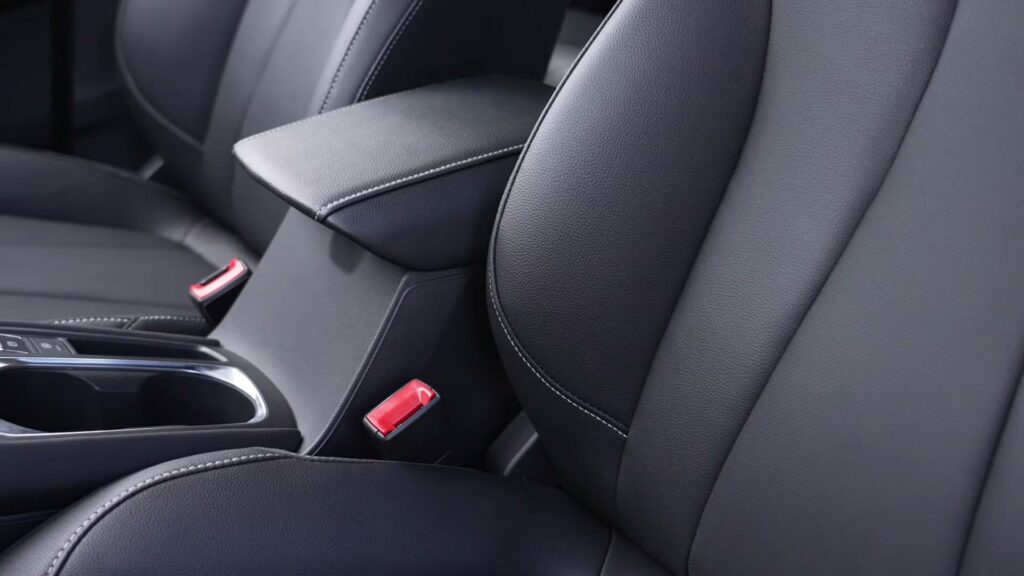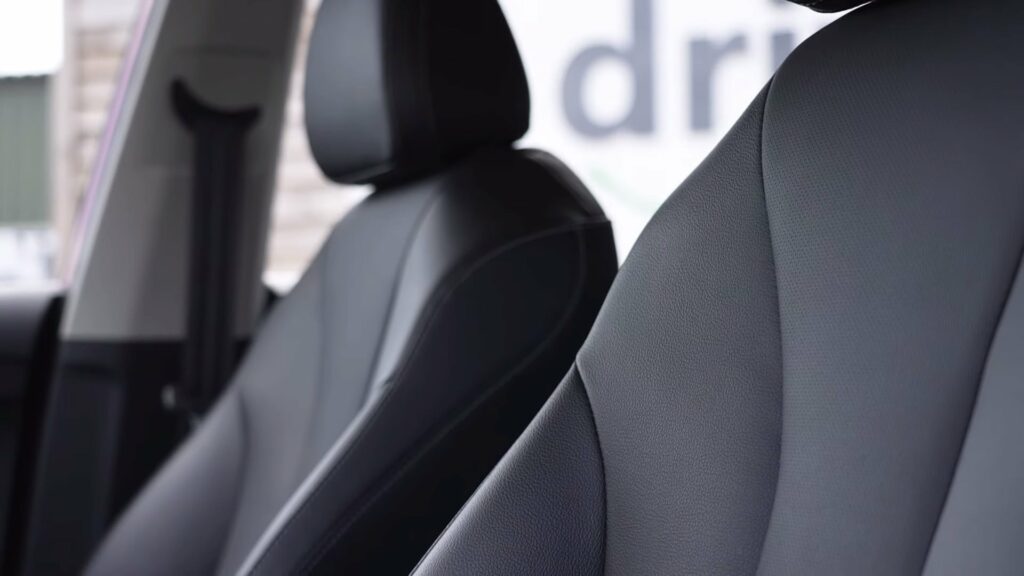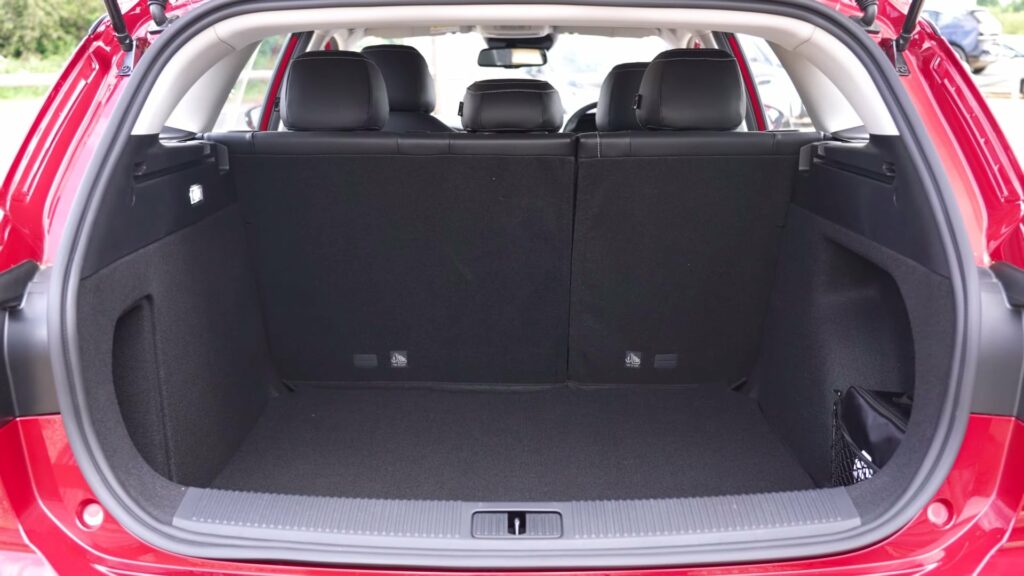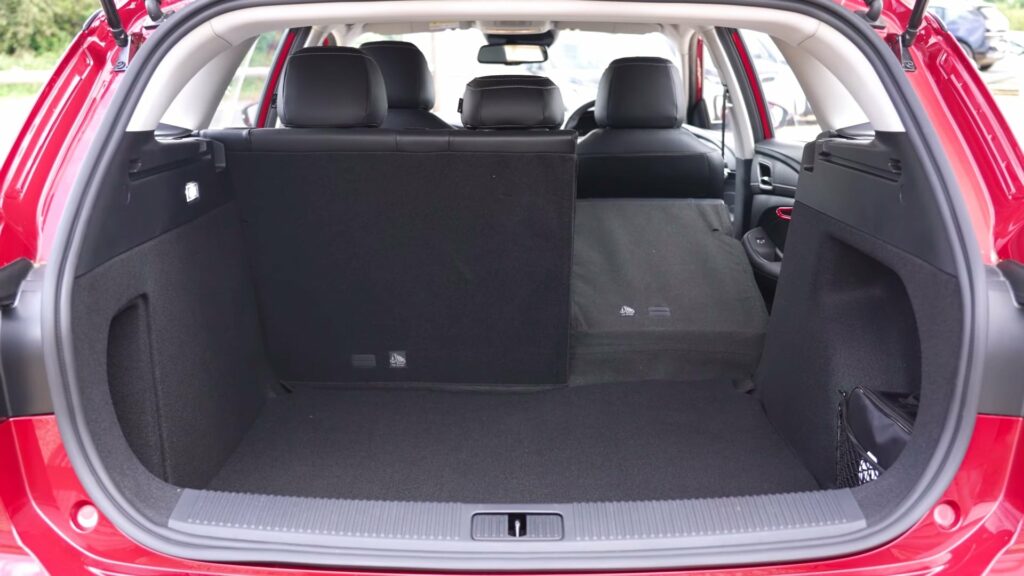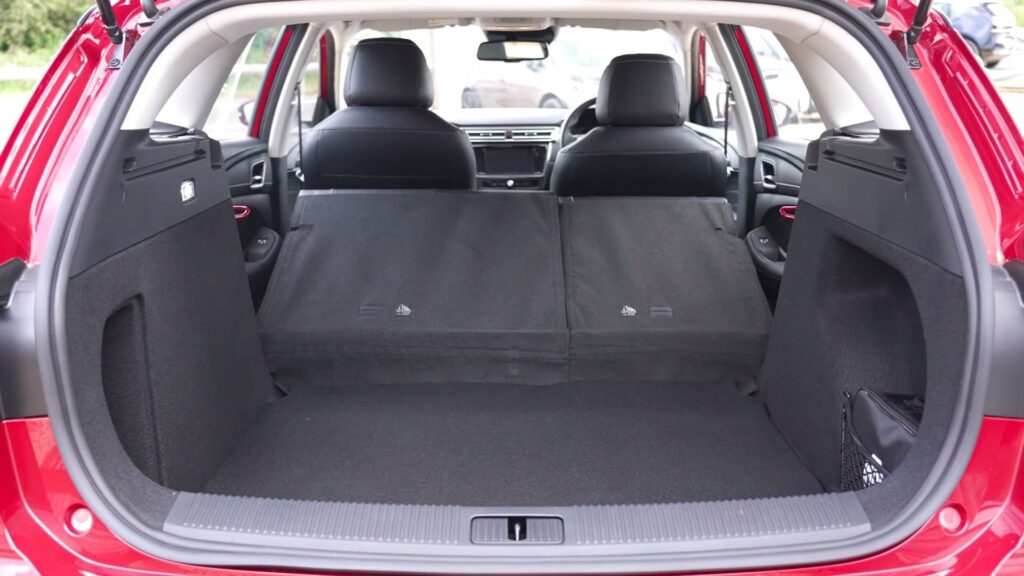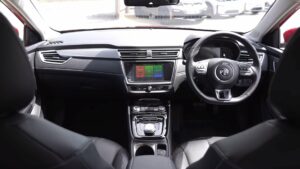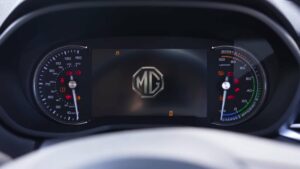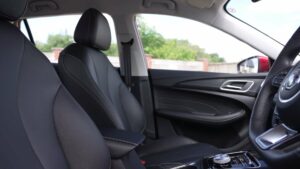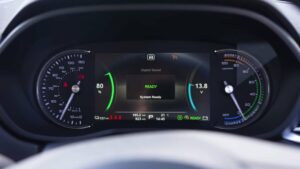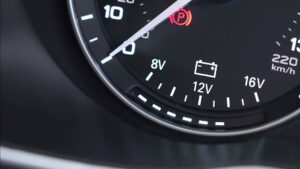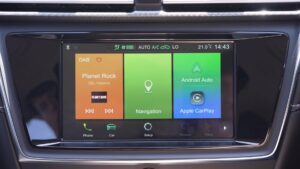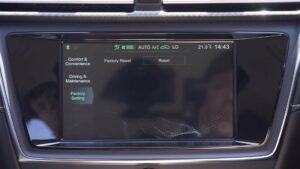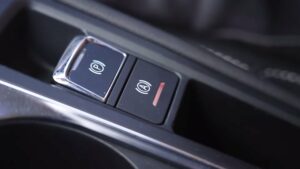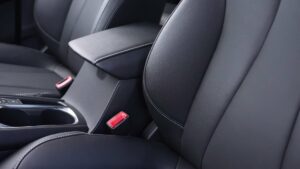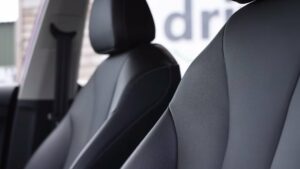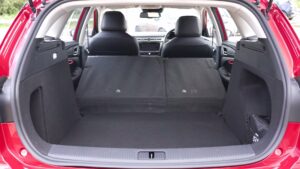MG MG5 Electric
The MG MG MG5 Electric is an electric car produced by MG Motor, a British car company owned by the Chinese parent company SAIC Motor. The MG5 Electric is a variant of the MG5, a compact estate car that has been in production since 2012.

The MG5 Electric was first introduced in 2020 and features a 61.1 kWh battery pack that provides a range of up to 214 miles (340 km) on a single charge, according to the WLTP cycle. The car is powered by a 135 kW electric motor that allows it to accelerate from 0 to 62 mph (100 km/h) in 8.3 seconds and reach a top speed of 115 mph (180 km/h).
As for charging, the MG5 Electric can be charged from 0 to 80% in just 45 minutes with a 50-kilowatt booster charger or in 8.5 hours with a 7-kilowatt home charger.
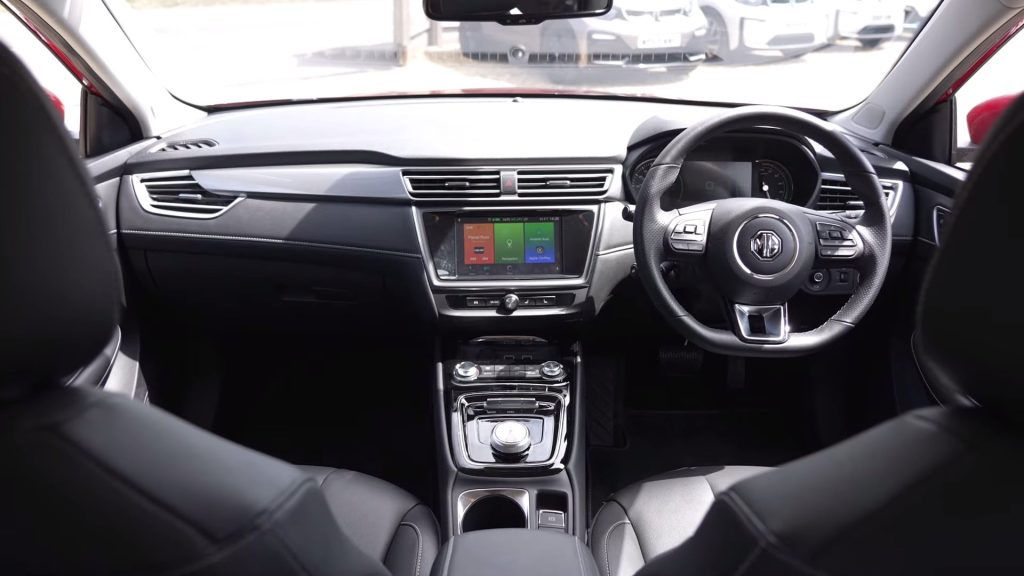
The MG5 Electric comes with a number of standard features, including a 10.1-inch infotainment system with Apple CarPlay and Android Auto support, a rearview camera, automatic headlights, and rain-sensing wipers. Options include a panoramic sunroof, heated front seats, and a premium audio system.
Overall, the MG MG MG5 Electric is a practical and affordable electric car with a decent range and performance. However, it may not have the same level of brand recognition or resale value as some of its more established competitors.
| Performance | |
| Acceleration 0 – 100 km/h | 8.3 sec |
| Top Speed | 180 km/h |
| Electric Range | 340 km |
| Total Power | 135 kW (184 PS) |
| Total Torque | 280 Nm |
| Drive | Front |
| Battery and Charging | |
| Battery Capacity | 61.1 kWh |
| Battery Useable | 57.0 kWh |
| Europe | |
| Charge Port | Type 2 |
| Port Location | Front – Middle |
| Charge Power | 11 kW AC |
| Charge Time (0->340 km) | 6h15m |
| Charge Speed | 56 km/h |
| Fastcharge Port | CCS |
| FC Port Location | Front – Middle |
| Fastcharge Power (max) | 80 kW DC |
| Fastcharge Time (34->272 km) | 42 min |
| Fastcharge Speed | 340 km/h |
| Energy Consumption | |
| EVDB Real Range | |
| Range | 340 km |
| Vehicle Consumption | 168 Wh/km |
| CO2 Emissions | 0 g/km |
| Vehicle Fuel Equivalent | 1.9 l/100km |
| WLTP Ratings | |
| Range | 400 km |
| Rated Consumption | No Data |
| Vehicle Consumption | 143 Wh/km |
| CO2 Emissions | 0 g/km |
| Rated Fuel Equivalent | No Data |
| Vehicle Fuel Equivalent | 1.6 l/100km |
|
Rated = official figures as published by manufacturer. Rated consumption and fuel equivalency figures include charging losses.
|
|
|
Vehicle = calculated battery energy consumption used by the vehicle for propulsion and on-board systems.
|
|
| Real Energy Consumption Estimation between 113 – 238 Wh/km | |
| City – Cold Weather * | 170 Wh/km |
| Highway – Cold Weather * | 238 Wh/km |
| Combined – Cold Weather * | 200 Wh/km |
| City – Mild Weather * | 113 Wh/km |
| Highway – Mild Weather * | 187 Wh/km |
| Combined – Mild Weather * | 146 Wh/km |
| Energy use for each trip will vary considerably depending on the driver and the conditions. Therefore, we have provided a range of estimates which can be useful in developing an understanding of the potential benefits of this technology. | |
| Dimensions and Weight | |
| Length | 4544 mm |
| Width | 1811 mm |
| Width with mirrors | No Data |
| Height | 1513 mm |
| Wheelbase | 2665 mm |
| Weight Unladen (EU) | 1600 kg |
| Gross Vehicle Weight (GVWR) | No Data |
| Max. Payload | No Data |
| Cargo Volume | 578 L |
| Cargo Volume Max | 1456 L |
| Cargo Volume Frunk | No Data |
| Roof Load | 75 kg |
| Tow Hitch Possible | Yes |
| Towing Weight Unbraked | No Data |
| Towing Weight Braked | 500 kg |
| Vertical Load Max | 50 kg |
| Miscellaneous | |
| Seats | 5 people |
| Isofix | No Data |
| Turning Circle | No Data |
| Platform | No Data |
| Car Body | SUV |
| Segment | C – Medium |
| Roof Rails | Yes |
| EV Dedicated Platform | No Data |
Home and Destination Charging (0 -> 100%)
A public charging station is required to use the highest possible charging rate. The EVSE/charging station’s charging capacity affects how long it takes to fully charge the battery. The table below shows all possible options for fully charging the MG MG5 Electric.
In Europe, plugging an electric car into an outlet is often as easy as plugging it into a household outlet, but there are differences from country to country. The table below shows the different ways to charge the MG MG5 Electric, but in some countries some chargers may not be available.
Type 2 ( IEC 62196)

| Charging Point | Max. Power | Power | Time | Rate |
| Wall Plug (2.3 kW) | 230V / 1x10A | 2.3 kW | 29h15m | 12 km/h |
| 1-phase 16A (3.7 kW) | 230V / 1x16A | 3.7 kW | 18h15m | 19 km/h |
| 1-phase 32A (7.4 kW) | 230V / 1x32A | 7.4 kW | 9h15m | 37 km/h |
| 3-phase 16A (11 kW) | 400V / 3x16A | 11 kW | 6h15m | 54 km/h |
| 3-phase 32A (22 kW) | 400V / 3x16A | 11 kW | 6h15m | 54 km/h |
Fast Charging (10 -> 80%)
If you want to enjoy driving an electric car, one of the most important features to consider is the number of miles per hour the car can travel while charged. This is called the “range” of the car. All electric cars have a certain range, even if they are 100% charged. This is because they do not have an internal combustion engine to lean on if you need to drive a long distance.
Max. Power: The maximum power provided by the charging point
Avg. Power: The average power provided by the charging point during a session of 10% to 80%.
Time: the time it takes to charge from 10% to 80%
Speed: the average charging rate during the session of 10% to 80%
Combined Charging System (CCS Combo 2)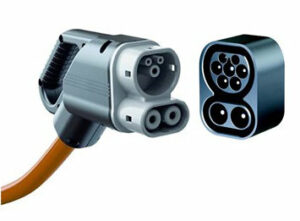
| Charging Point | Max. Power | Avg. Power | Time | Rate |
| CCS (50 kW DC) | 50 kW | 40 kW | 63 min | 220 km/h |
| CCS (100 kW DC) | 80 kW | 60 kW | 42 min | 340 km/h |
| CCS (150 kW DC) | 80 kW | 60 kW | 42 min | 340 km/h |
| Brand | MG |
| Model | MG5 Electric |
| Car Engine | electric |
| Motor power | 135 |
| Maximum Torque, Nm | 280 |
| Battery Energy, kWh | 61.1 |
| Power reserve (NEDC/EPA/WLTP), km | - / - / 340 |
| Level Charging (230/400/DC), hours | - / 6.15 / 0.42 |
| Electrical Acceleration, 0-100 km/h (0-62.1 mph) in sec | 8.3 |
| Top Speed, km/h | 180 |
